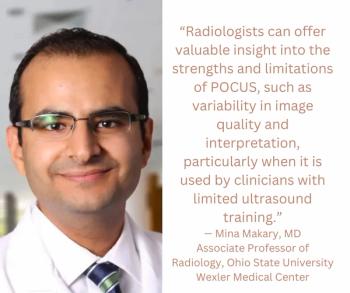
While the research reveals key benefits with portable imaging, particularly point-of-care ultrasound applications with AI capabilities, these authors note challenges with variability in training and advocate for radiologist-led oversight.

While the research reveals key benefits with portable imaging, particularly point-of-care ultrasound applications with AI capabilities, these authors note challenges with variability in training and advocate for radiologist-led oversight.
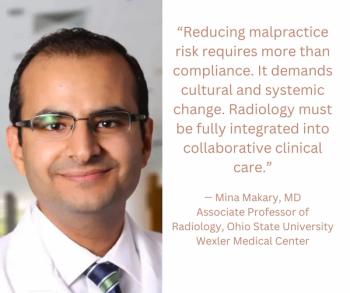
In light of the ongoing challenges with navigating malpractice risk and administrative burdens in radiology, these authors issue a call for increased communication and collaboration with ordering clinicians.
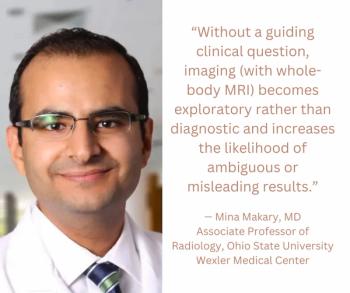
Beyond the hype, whole-body MRI offers limited clinical benefit in the general population with extraneous use potentially triggering a cycle of overdiagnosis, unnecessary treatment and financial strain.

Recognizing the daunting combination of increasing imaging volume and workforce shortages, these authors discuss key risk factors contributing to burnout and moral injury in radiology, and potential solutions to help preserve well-being among radiologists.
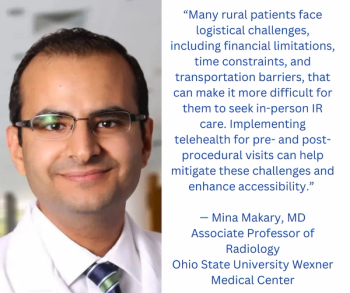
In order to help address the geographic, racial, and socioeconomic barriers that limit patient access to interventional radiology (IR) care, these authors recommend a variety of measures ranging from increased patient and physician awareness of IR to mobile IR clinics and improved understanding of social determinants of health.
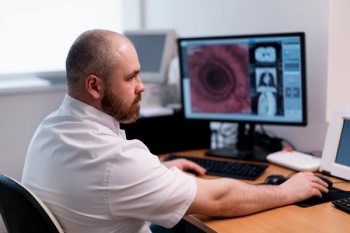
Emphasizing core concepts of sound ergonomics, accessibility, inclusivity, personalization, and convenient storage can help foster reading room environments with minimal distraction and optimal productivity.

Noting the challenges of conservative therapy and limitations of total knee arthroplasty, the targeted minimally invasive geniculate artery embolization, performed by interventional radiologists, may be a viable treatment alternative.

Given the ongoing challenges with receiving appropriate reimbursement in radiology, these authors discuss key principles in the coding and billing process, common challenges and three priorities for bolstering reimbursement revenue in the profession.
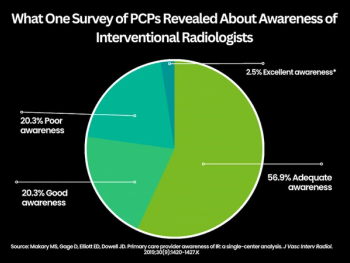
While interventional radiologists can have an impact in a number of clinical areas by offering minimally invasive options for patients, there remains a prevailing lack of awareness about the speciality among referring physicians and patients. Accordingly, these authors delve into the issue and discuss an array of options for elevating awareness of interventional radiology.
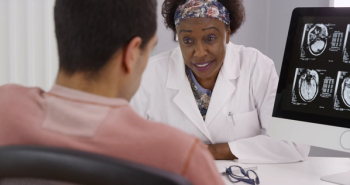
In a thorough review of the literature, these authors discuss current approaches and emerging initiatives to increase the understanding of radiology reports by referring physicians as well as patients.
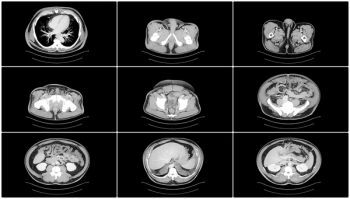
Greater imaging utilization has increased the prevalence of incidental findings or incidentalomas, but unclear clinical context and guidelines complicate management. Accordingly, these authors offer a thorough review of the literature and discuss new opportunities for improving interdisciplinary management strategies.

As the iodinated contrast media shortage continues to have a significant adverse effect on radiology, these authors assess the pros and cons of emerging strategies and imaging alternatives.

The enhanced immediacy, peer-to-peer interaction and networking capabilities of social media platforms, particularly newer vehicles such as Instagram and TikTok, may help reinvent educational models in radiology.

Multidisciplinary collaboration between innovators in two seemingly disparate fields have led to significant advances.
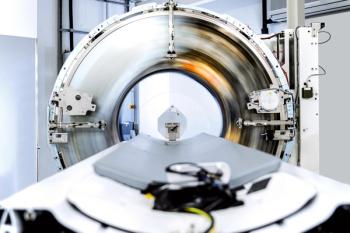
While current projections suggest a shortage of radiologists in the future, promising developments with radiology residency positions, medical student awareness of the field and AI-aided efficiencies could be game changers.
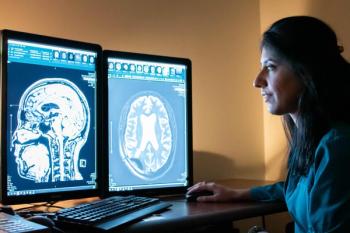
With reports of increased productivity and reduced burnout, teleradiology may rapidly become the new normal.

The potential opportunities are numerous for virtual biopsies, radiomics, and radiogenomics.

The need for a growing role for interventional radiologists.
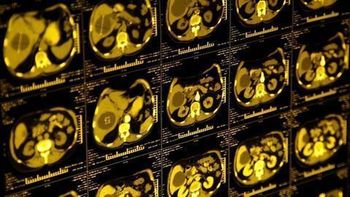
Two interventions to increase lung cancer screening rates from the clinical and community perspectives.

The impacts of the pandemic have been long-lasting – what has the effect been, and what prompts patients to return.

What will it take to bring interventional radiology to these areas?
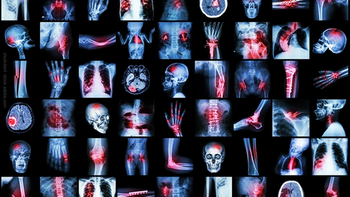
It’s a New Year – what should you keep your eyes on and where should you anticipate change?

Teleradiology presents both benefits and challenges for post-pandemic imaging.

Interventional radiologists are uniquely positioned to practice stroke intervention.

Improving patient communication not only augments patient understanding of their radiation exposure with imaging studies, but it bolsters trust in their healthcare providers, as well.

From augmented reality to virtual reality to robotics to new procedural techniques – the future of interventional radiology is bright.

The role of the pandemic and what radiology can do to mitigate its burnout effect.

Three causes of errors and three potential solutions to improve diagnostic accuracy.

Radiology is in position to lead the integration of AR and VR into medical procedures and medical education.

Real world guidance to protect both you and your patients.

Published: October 28th 2020 | Updated:

Published: August 11th 2020 | Updated:

Published: February 9th 2021 | Updated:
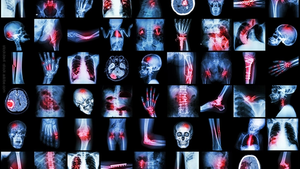
Published: January 6th 2021 | Updated:

Published: July 13th 2021 | Updated:

Published: October 6th 2017 | Updated: